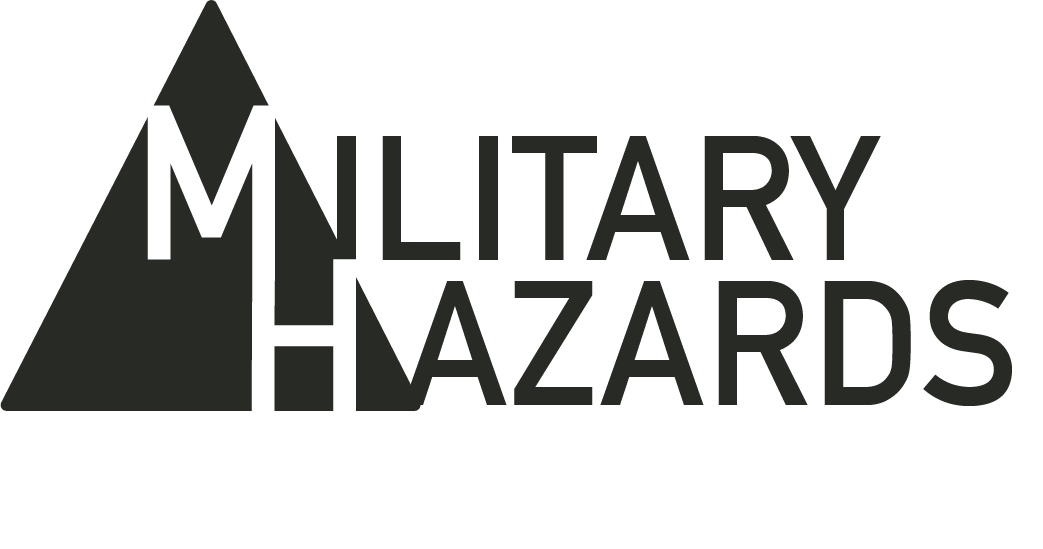Contact Our Legal Partner
"*" indicates required fields

Lackland Air Force Base, now part of Joint Base San Antonio (JBSA), is located in San Antonio, Texas and has been a crucial U.S. military installation since its establishment in 1941. Lackland AFB was originally established on July 4, 1942, as the San Antonio Aviation Cadet Center, and was later renamed in honor of Brigadier General Frank D. Lackland.
The base plays an essential role in training and supporting service members across various branches, particularly as the sole entry processing station for Air Force enlisted Basic Military Training (BMT).
Joint Base San Antonio supports a significant population of active-duty military members, family members, reserve component airmen, retirees, and civilian employees. Water contamination has been identified as an ongoing concern at the installation, potentially affecting the health and well-being of those who live and work there.
Water Contamination Updates at Lackland AFB
2024: Ongoing investigations continue to monitor PFAS levels at Lackland AFB, with efforts focused on identifying and mitigating potential sources of contamination.
2022: The Texas Commission on Environmental Quality (TCEQ) reported that PFAS levels in the drinking water at Lackland AFB were below the EPA’s health advisory levels during routine monitoring although it is still harmful in the long term.
2019: Testing at Lackland Air Force Base indicated that 10 of the 11 sites exceeded the Texas Risk Reduction Program levels for groundwater contamination. The most significant finding at Lackland Air Force Base was a PFOS level of 250,000 parts per trillion.
Lackland AFB: History of Toxic Exposure
Environmental assessments at Lackland AFB have revealed various contaminants over the years. Key toxic substances identified include per- and polyfluoroalkyl substances (PFAS), volatile organic compounds (VOCs), and metals, raising significant health concerns for both military personnel and their families.
Where the Contamination Was on Lackland AFB
Contamination hotspots at Lackland AFB primarily include areas where aqueous film-forming foam (AFFF) was utilized in firefighting training. Additionally, former waste disposal areas and fuel storage sites have been identified as sources of contamination, posing risks to those living on the base and the wider community.
What Contaminants Were Found at Lackland AFB?
Recent investigations have uncovered several hazardous substances at Lackland AFB, including:
1. PFAS: Notably perfluorooctane sulfonate (PFOS) and perfluorooctanoic acid (PFOA), which have raised alarms due to their persistence in the environment and potential health effects.
2. VOCs: Various volatile organic compounds have been detected in soil and groundwater samples, contributing to contamination concerns.
3. PCBs: Polychlorinated biphenyls were previously found in Leon Creek, which is near Lackland AFB.
Current Water Quality Testing and Advanced Water Treatment Efforts
In response to contamination concerns, Lackland AFB has implemented ongoing water quality monitoring and treatment initiatives. The Air Force conducts regular water sampling to ensure that safety standards are met and to address any detected contaminants. The TCEQ oversees these efforts to ensure compliance with state regulations.
What Are the Health Risks Associated with Drinking Water at Lackland AFB?
The presence of various contaminants in the water supply at Lackland AFB has been linked to potential health risks, including:
- Compromised immune function
- Hormonal imbalances
- Thyroid disorders
- Increased risk of certain cancers
- Developmental effects in children
Do I Qualify for a Lackland AFB Lawsuit?
Veterans and their families who have served at Lackland AFB and later developed health conditions potentially related to PFAS or other contaminants may be eligible for compensation. It is essential to consult with legal experts familiar with environmental contamination cases.
What Are the Potential Settlement Amounts From Water Contamination at Lackland AFB?
While specific settlement figures for Lackland AFB water contamination cases are not readily available, compensation amounts typically depend on factors such as the severity of health issues, age of the affected individuals, and the strength of evidence linking their conditions to exposure. Compensation can vary widely based on individual circumstances.
Can I File a Lackland AFB Water Contamination Lawsuit?
If you are considering legal action regarding water contamination at Lackland AFB, it is essential to consult with a qualified attorney as soon as possible. They can assist you in navigating the legal process, gathering necessary evidence, and adhering to relevant deadlines.
What Evidence Would I Need to Support My Claim?
To bolster a lawsuit related to water contamination at Lackland AFB, you will generally need to provide:
- Documentation proving exposure to contaminated water at Lackland AFB
- A medical diagnosis linking your condition to the identified contaminants
- Evidence demonstrating residence or employment at Lackland AFB during the contamination period
What Are the Filing Deadlines for a Lawsuit?
Filing deadlines for lawsuits related to contamination can vary based on state laws and specific case circumstances. It is crucial to consult with an attorney to understand the applicable timeframes and ensure that your claim is submitted promptly.
Who Can I Speak With About My Case?
Numerous law firms specialize in cases involving water contamination at military installations, including Lackland AFB. It is advisable to seek out attorneys with experience in environmental and military-related legal matters, particularly those focusing on PFAS contamination.Please get in touch with Military Hazards and we can put you in touch with recommended law firms.
